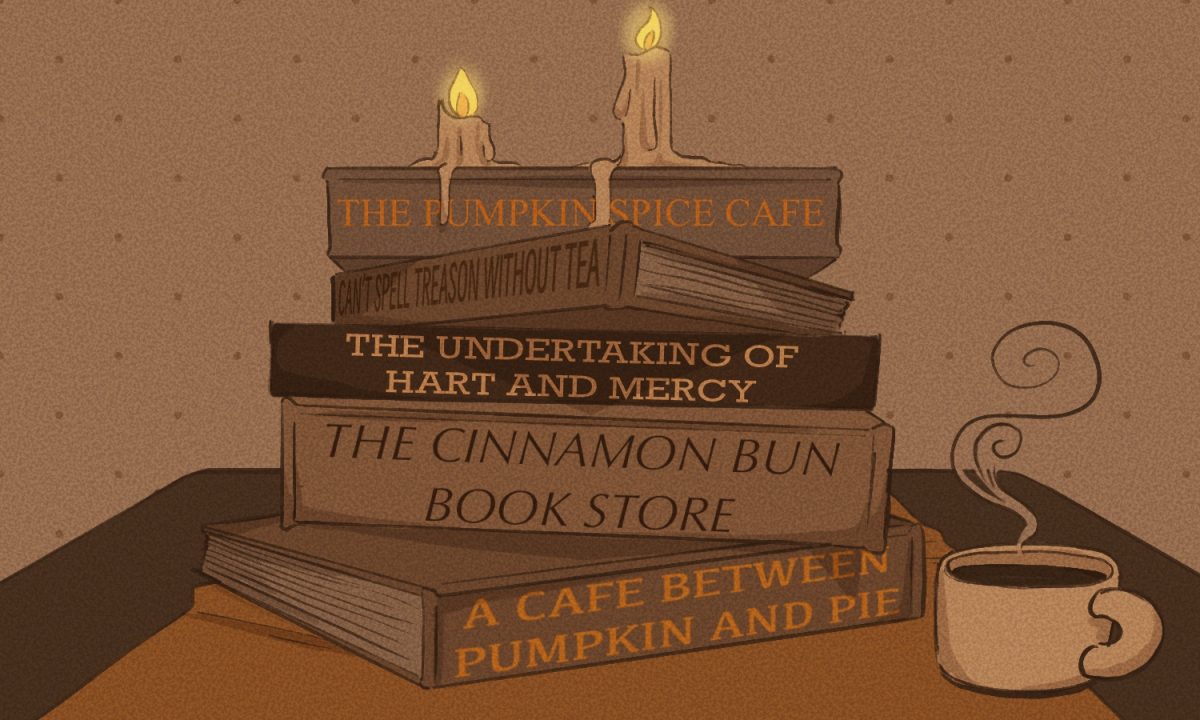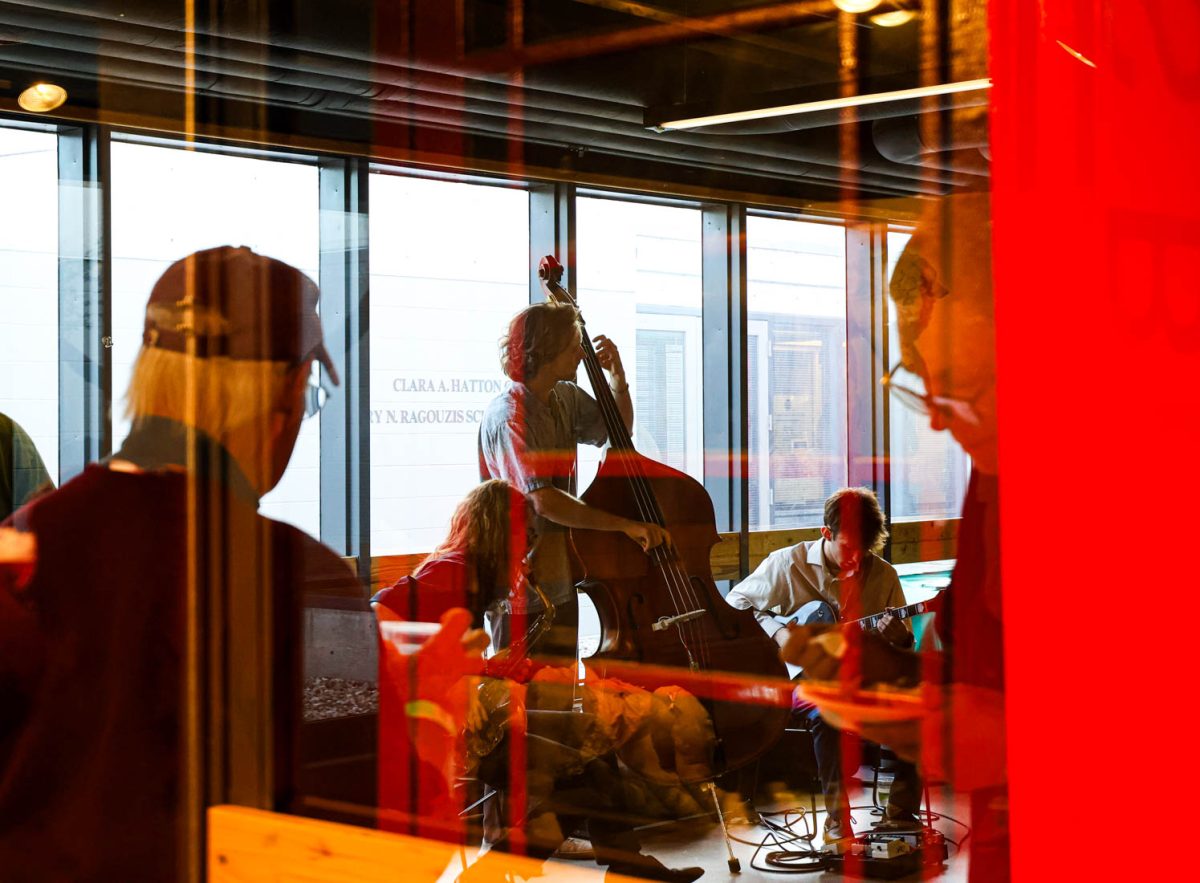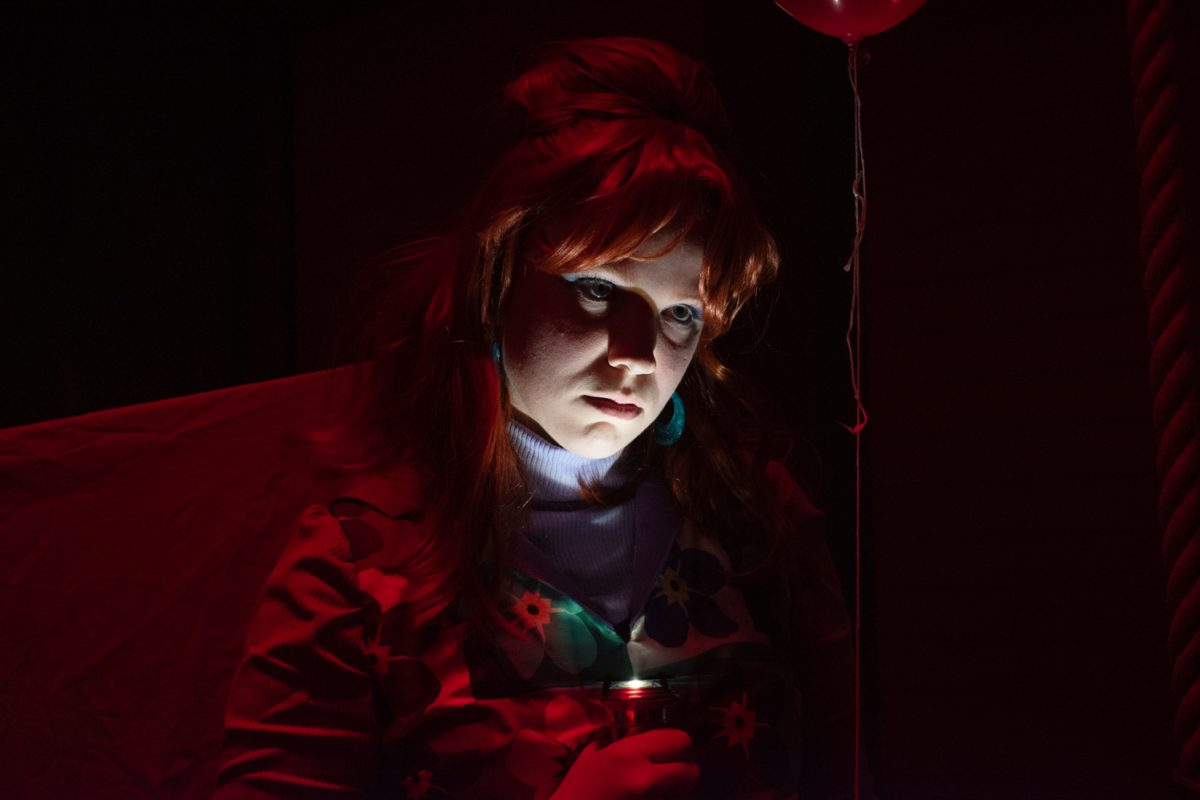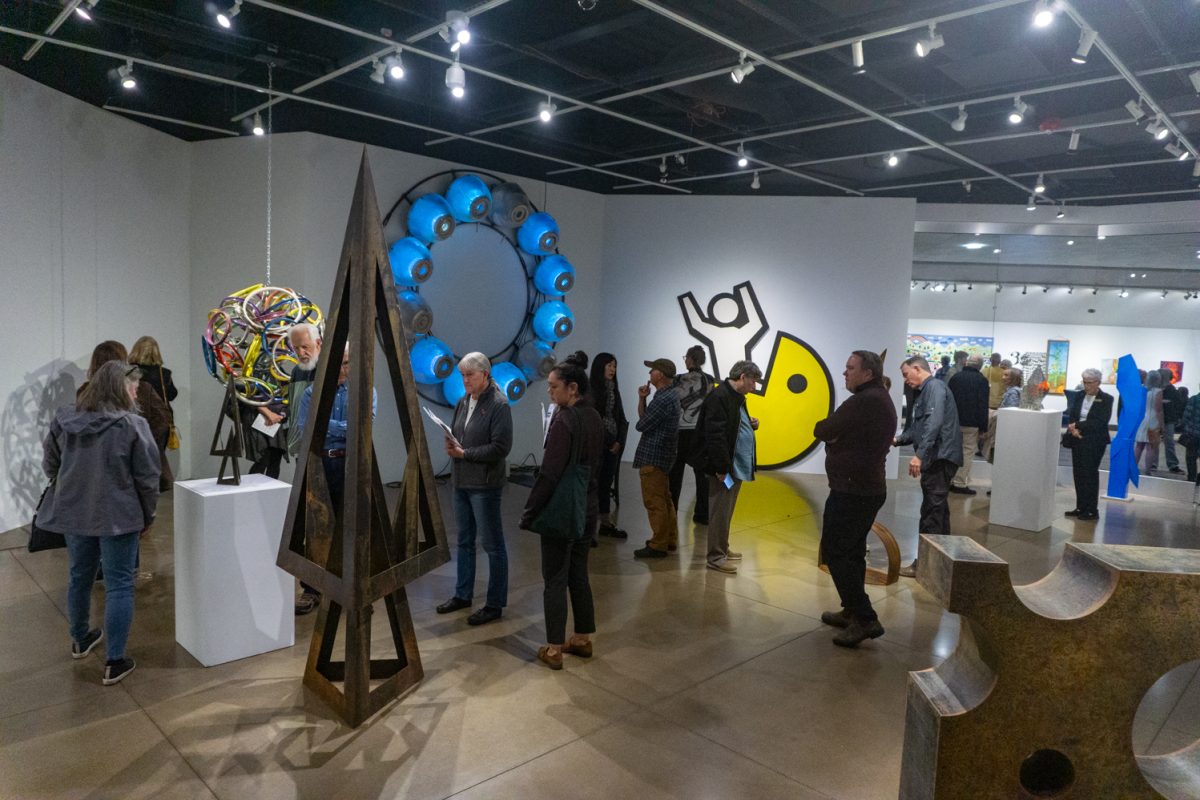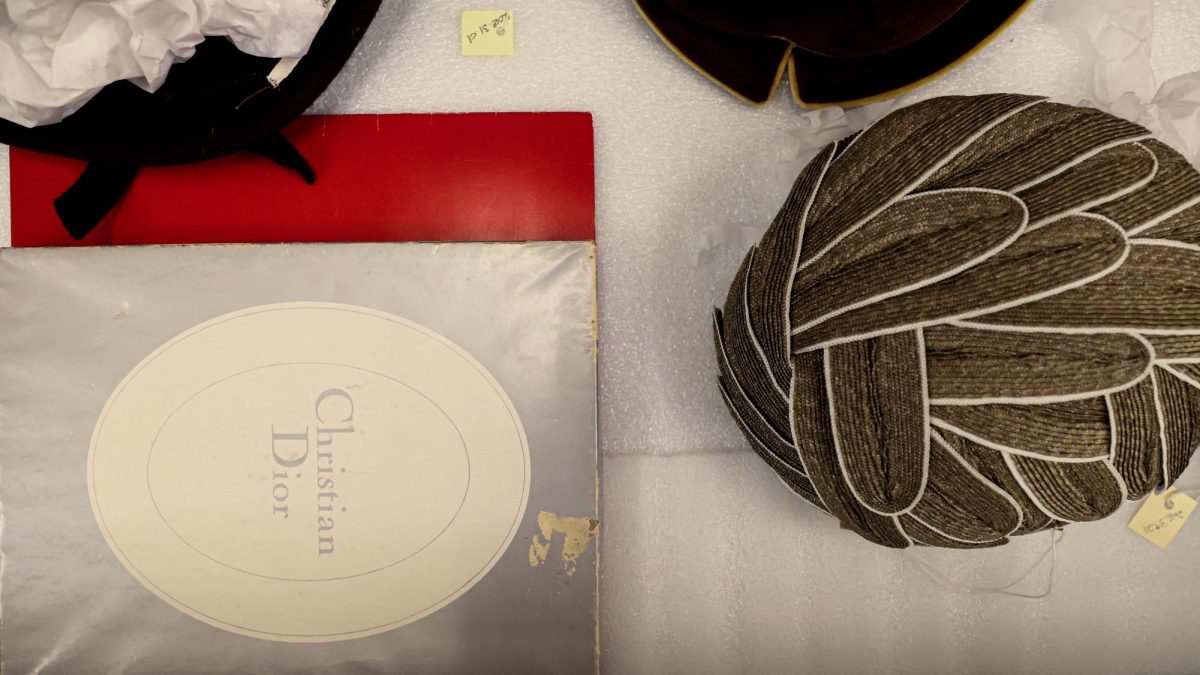Indie music is often associated with reverbed guitar riffs and soft-sounding vocals, but the vastness of indie music has much more depth than one might think.
Originating in the ’70s, indie music became synonymous with the developing rock scene between the United Kingdom and the United States. Indie music spawned from a diversifying punk scene, experimenting with different sounds and vocals while staying true to their roots with a do-it-yourself attitude.
1970s
The late ’60s to early ’70s were the beginning of it all. Bands were exiting the punk scene and creating post-punk music, which had the same mentality as punk but experimented with different sounds and song structure.
Bands like The Velvet Underground and Joy Division aided the development of indie music, with The Velvet Underground creating soft and melodic rock music and Joy Division creating dark and atmospheric music with Ian Curtis, providing uniquely deep vocals.
The ’70s was a great jump-off point for bands to take advantage of experimentation in their music, which aided the developing indie-rock scene.
1980s
The transition from the ’70s to the ’80s took a turn as a genre, and indie began to be used as more of an umbrella term. The genre began to splinter out, with bands further separating themselves from the traditional rock sound.
There were bands such as the Violent Femmes that blended folk with punk on their self-titled debut, which created a cult following. Meanwhile, The Smiths broke onto the scene with bright, jangly guitars and Morrissey’s melancholy lyrics.
Moving through the ’80s, bands like The Pixies and Dinosaur Jr. utilized their unique sound and took loud instrumentals and paired it with vocals that had excellent range.
The bands mentioned had a massive influence on indie bands to come.
1990s
The transition into the ’90s produced some of the most recognizable indie bands. Bands like Nirvana, Sunny Day Real Estate, Slint and Sonic Youth embraced the original DIY mentality and produced incredible music because of it. Although these bands began making music in the ’80s, they made their most impressive albums the following decade.
Nirvana and Sunny Day Real Estate made more grunge and alternative music, while bands like Slint and Sonic Youth created more experimental tracks using creative noise and unique songwriting structure, which made them standouts during this time.
The general indie sound of the ’90s was loud and drenched in distortion. Indie, while becoming broad in meaning, gave a space to artists who didn’t fit one specific one genre over another. In turn, this created an exciting listen for indie-rock enthusiasts at the time.
2000s
The transition from the 1990s into the early 2000s was an interesting time for indie music.
The early 2000s was when indie rock truly took form into what we know as traditional indie rock today. Bands like The Strokes, The White Stripes, LCD Soundsystem and Interpol came onto the music scene around this time and produced some of the most revered music of this period. These bands, including others during that time, laid the groundwork for what is seen today in indie music.
The White Stripes and The Strokes featured a garage rock indie sound that is prominent in the indie scene today, while LCD Soundsystem and Interpol took a more alternative approach.
Present day
Indie-rock music today is one of the most popular genres. With bands like Car Seat Headrest; Black Country, New Road; and Current Joys, indie rock is just getting more interesting. Although the sounds and instrumentals differ from indie rock in the beginning, the same mentality and experimentation still reside.
With artists continually releasing stellar records, if there is one genre of music to keep an eye on, it’s indie rock.
If you would like to listen to a playlist that contains songs from every artist included in this article, find RMSMC on Spotify.
Reach Christian Arndt at entertainment@collegian.com or on Twitter @CSUCollegian.




